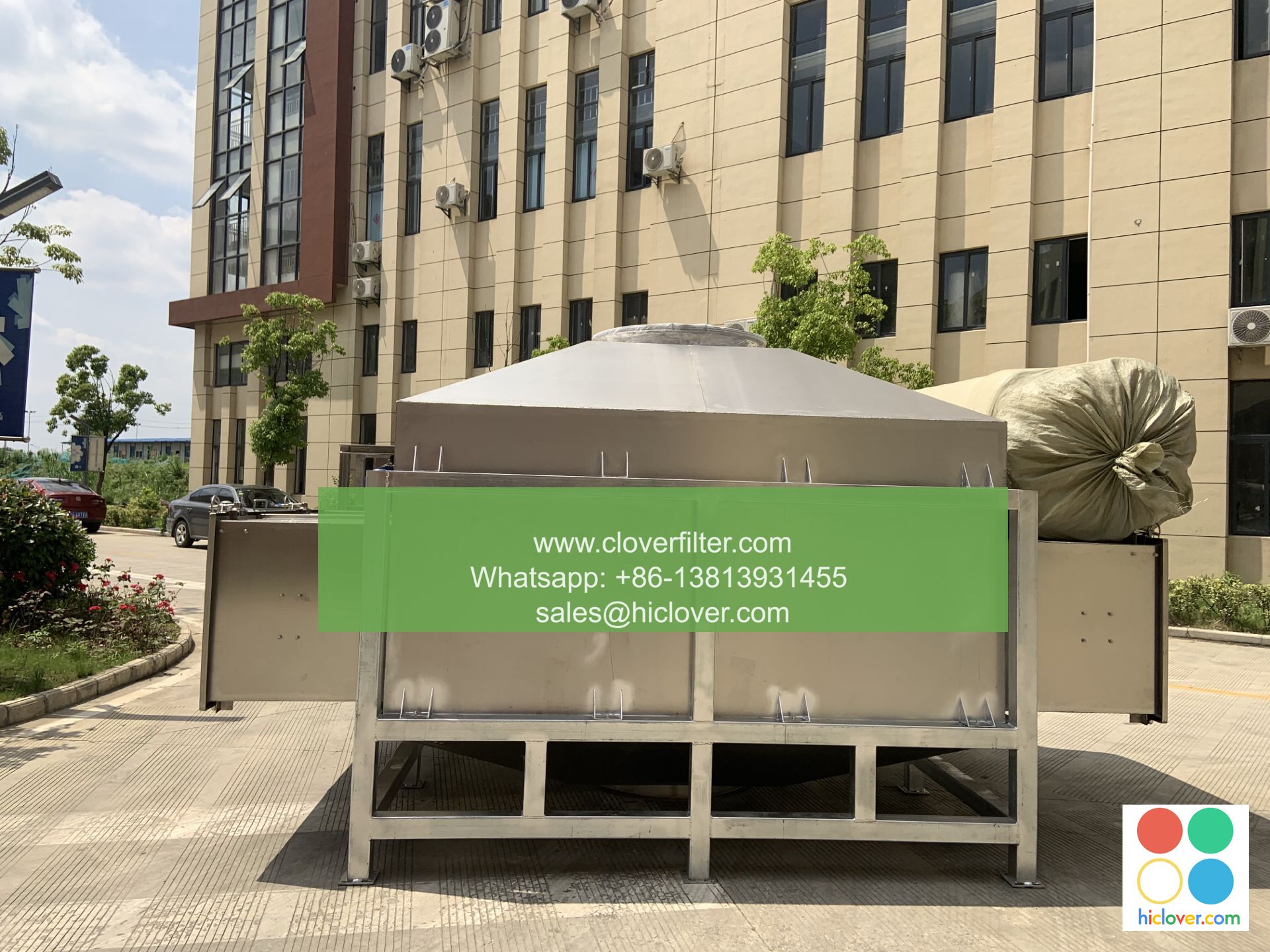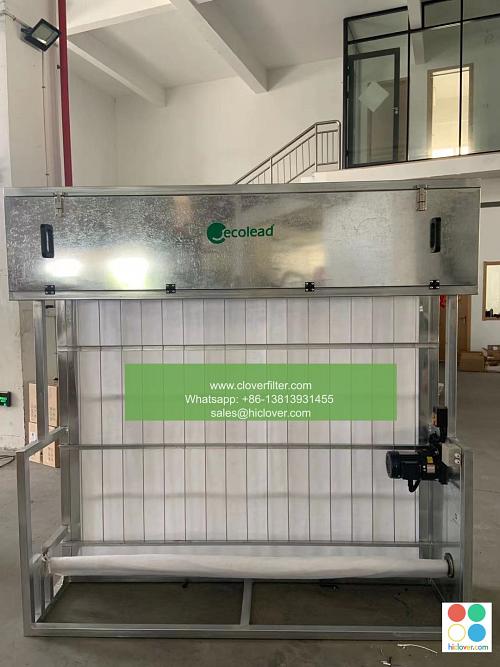Early Signs of Poor Air Quality: The Air Filter Inspector’s Guide

Early Signs of Poor Air Quality: The Air Filter Inspector’s Guide
Air Quality Overview
Indoor air quality (IAQ) has become a pressing concern in recent years, as people spend more time indoors and pollutants continue to accumulate in the environment. A good air filter is essential to maintain a healthy and clean indoor air environment. As an air filter inspector, it’s crucial to identify early signs of poor air quality to prevent potential health issues and improve occupant comfort. In this guide, we’ll explore the early signs of poor air quality and provide a comprehensive overview of the importance of regular air filter maintenance.
1. Unpleasant Odors
- Foul smells can be a sign of poor air quality, often caused by mold, mildew, or pet dander.
- Unusual or chemical odors may indicate the presence of volatile organic compounds (VOCs), such as paint, cleaning products, or adhesives.
2. Visible Signs
- Dust and Dirt accumulation on surfaces, furniture, and carpets can indicate inadequate air circulation and poor filtration.
- Stains and discoloration on walls, ceilings, and floors may be a sign of water damage, mold, or mineral deposits.
- Yellowish or brownish discoloration on air vents can indicate circulation issues or poor filter maintenance.
- Respiratory issues such as coughing, sneezing, or shortness of breath can be a sign of poor indoor air quality.
- Symptoms similar to allergies or asthma, including itchy eyes, runny nose, or skin rashes, can be related to poor air quality.
- Air handler unit (AHU) malfunctions, such as overheating, can lead to poor air quality.
- Overly noisy or vibrating equipment may indicate clogged air filters, blocked air intake, or incorrect installation.
- Unusual noises, such as hissing, rattling, or creaking, can signal worn-out or damaged air filters.
- Offices, warehouses, factories, and historical buildings with older HVAC systems are more prone to air quality issues.
- Sensitive industries, such as healthcare, food processing, and laboratories, require stricter air quality standards to ensure occupant health and safety.
- Rented apartments or houses can be particularly vulnerable to poor air quality due to shared heating, ventilation, and air conditioning (HVAC) systems.
- Newly built or renovated properties may have hidden issues with poor indoor air quality.
- Regular Filter Replacement: Follow the manufacturer’s suggested replacement schedule to ensure optimal air filtration.
- Inspect and Clean Vents and Ducts: Regularly inspect and clean vents and ducts to prevent clogging and ensure proper airflow.
- Maintain Proper HVAC System: Regularly inspect and maintain the heating, ventilation, and air conditioning (HVAC) system to prevent malfunctions.
- Monitor IAQ: Continuously monitor indoor air quality by regularly checking for signs of poor air quality and taking corrective action.
3. Health Concerns
4. Equipment and System Issues
1. Commercial and Industrial Spaces
2. Residential Spaces
Early detection and correction of poor air quality issues are crucial for maintaining a healthy, comfortable, and productive indoor environment. As an air filter inspector, it’s your responsibility to identify and address these issues before they become severe. By following the guidelines outlined in this article, you’ll be able to detect early signs of poor air quality and take the necessary steps to ensure a safe and healthy indoor environment for occupants.
It looks like you meant to ask a question or provide a prompt for me to respond to. I’m here to help! What would you like to talk about or ask?

